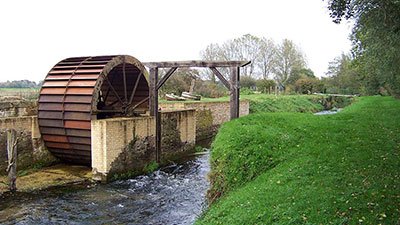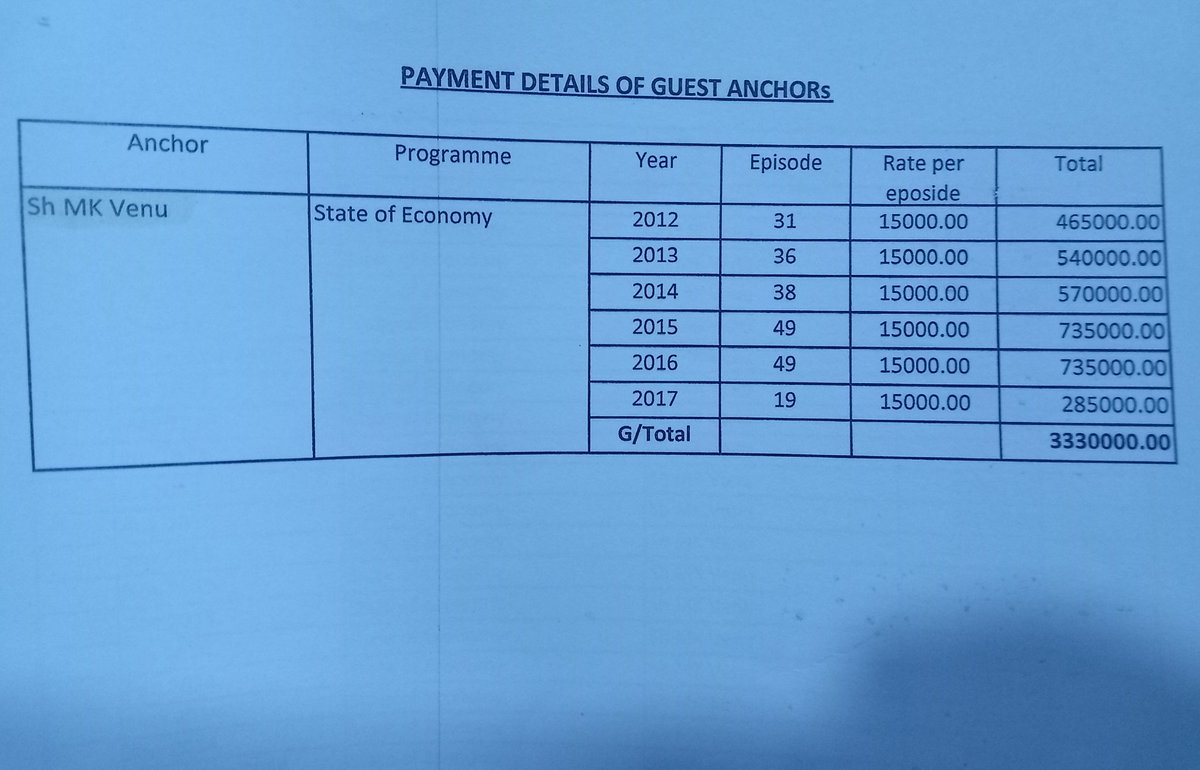penn.museum/sites/biomolec…
dinersjournal.blogs.nytimes.com/2008/07/11/why…
unenumerated.blogspot.com/2010/10/elemen…
unenumerated.blogspot.com/2011/05/lactas…
unenumerated.blogspot.com/2011/06/trotti…
norfolkmills.co.uk/Watermills/nar…


Get real-time email alerts when new unrolls are available from this author!
Twitter may remove this content at anytime, convert it as a PDF, save and print for later use!

1) Follow Thread Reader App on Twitter so you can easily mention us!
2) Go to a Twitter thread (series of Tweets by the same owner) and mention us with a keyword "unroll"
@threadreaderapp unroll
You can practice here first or read more on our help page!




